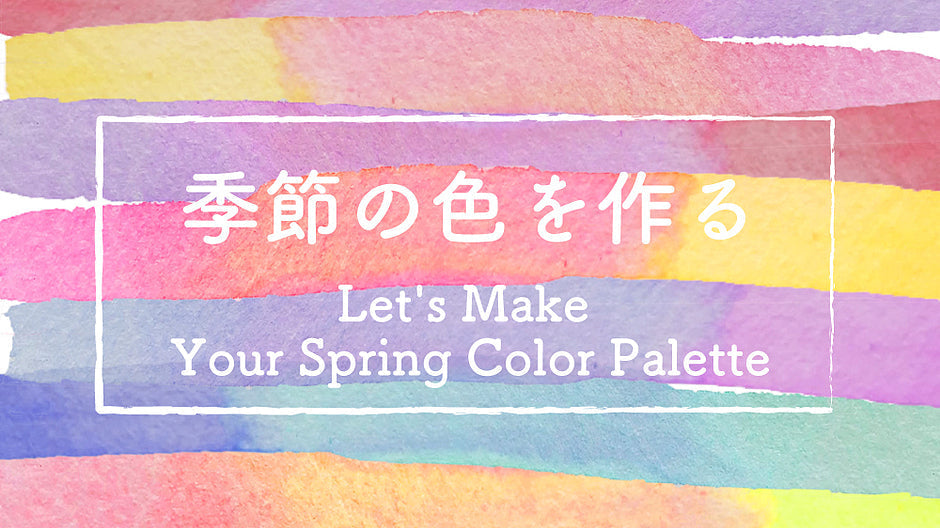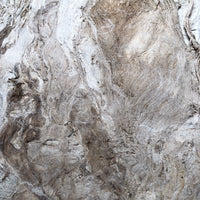As the snow melts and the sunshine gets warmer, I can feel the arrival of spring. The spring chirps remind me of the cherry blossoms along with the riverside in Tokyo, and the blooming of double-flowered cherry trees in Nara, where I used to live.
As the flowers gradually bloom and fall from plum to peach blossoms, Yoshino to Double cherries, I often wonder if there is a way for me to express these lovely sceneries in my drawing.
I often have these fun ideas of creating colors in my mind. For example, “How can I paint the petals to make them more beautiful? Should I do it by combining colors, or maybe blending shades with different paints and art materials?”
I enjoy and consider myself lucky that I’m able to create my imaginary art with colors in my mind.
This time I tried to paint by using the art materials that we have in PIGMENT TOKYO to create “the colors of spring blossoms”.

The first thing I tried was watercolors from ZECCHI.


【Painting Materials Used】
Painting surface: Bamboo Washi for Watercolor
Paint: ZECCHI Watercolors (Ultramarine Pink/Indian Yellow, Cadmium Yellow Light)
ZECCHI Watercolors are made using a traditional European watercolor paints manufacturing process, and the biggest characteristics of these watercolors are the vivid beauty of pigments.
They come in a small cube-shaped case and are ideal for outdoor sketching as you can take your favorite colors in a special palette box.
Watercolors can be mixed and blended on a palette, but they can also be layered to create coloring styles because of their transparency.
The colors might seem to have a strong reddish tint because I applied them thicker, but if you mix it with more water and make the tone lighter, it will become more like a salmon pink.
I only changed the yellow color that I used for mixing or layering the same pink, but I was able to create the cherry blossom colors with different shades. By having different shades of pink, it is easier for me to create the perspective and shading of the petals.
Next up is AQYLA, a type of paint that offers a wide variety of possibilities.

【Painting Materials Used】
Painting surface: Bamboo Washi for Watercolor
Paint: KUSAKABE AQYLA (Naphthol Rubine/ Monoazo Yellow Lemon)
AQYLA paints are made of water-based alkyd resin, which can be used for both water-based and oil-based painting, just like tempera paints.
It can be painted directly on paper, canvas, metal, glass, and other mirror-like substrates.
These paints are easy to use because they are transparent, produce excellent vivid colors and are highly flexible.
Individual AQYLA paint is available in 41 colors selected by PIGMENT TOKYO.
For the 18 colors set, there are certain colors not on sale individually, so make sure to pick your favorite colors.
My personal favorite, Naphthol Rubine, which is included in the 18 colors set, is a glowing pinkish-red. The vivid pinkish-red tone is so beautiful even when painted with different shades in a single-use.

【Painting Materials Used】
Painting surface: Bamboo Washi for Watercolor
Paint: KUSAKABE AQYLA (Naphthol Rubine/Monoazo Yellow Lemon)
Medium: AQYLA ALKYD MEDIUM GLOSS
Upper: Applied with a mixture of AQYLA and medium.
Lower: The medium has applied to the painting surface, then covered by the mixed color of AQYLA paints.
When I applied the medium to the paper in a random stroke to create different thickness, which resulted in uneven shades of color.
Since the medium for AQYLA can also produce a three-dimensional texture, it’s possible to create the transparency feel and sense of the texture of the petals differently from the shading with water.
However, please note that if too many colors are mixed at the same time, no matter what kinds of paints you’re using, this will reduce the saturation and tone of the paint.
If you want to create highly saturated and vivid colors, it is recommended to mix no more than two or three colors.
Every kind of paint has its own unique characteristics, so it is best to explore and try on different paints until you find the perfect choice.
Last but not least, Iwa-enogu (or mineral pigments)offered by PIGMENT TOKYO is also a great choice to enjoy this spring.
In mineral pigments, although they are labelled under the same name, the textures and colors of the pigments differ depending on the coarseness of the particles. One of the appealing characteristics of Iwa-enogu is that you can use any kind of your favorite mediums to create paints that match your painting style.
Looking at the shelf full of pigment jars in PIGMENT TOKYO, the colors and names of Japanese mineral pigments remind me of the four seasons. I feel like it is as if the Japanese sensibility of living with nature has been well-expressed.
For those who want to enjoy using mineral pigments more easily, or if you are new to using Iwa-enogu, here’s a beginner set that I highly recommend to all of you.
The set includes not only the tools needed to paint with mineral pigments but also a painting board and a drawing image, so all you need to do is just enjoy painting with colors like a coloring book.
“Let's start Japanese Painting” is a set of mineral pigments based on the theme of plants of Japan’s four seasons. Such as cherry blossoms for spring, morning glories for summer, maple leaves for autumn, camellias for winter, etc., so you can choose your favorite seasonal plants or flowers!
There are various elements of expression when it comes to drawings, such as color, texture, and the atmosphere of the painting.
With the coming of spring, why don't you try painting with your favorite spring colors?
Translated by Atsumi Okano and Nelson Hor Ee Herng
PIGMENT TOKYO Art Materials Experts




















